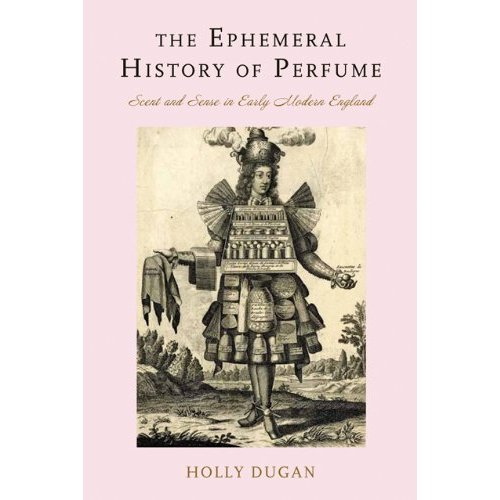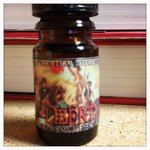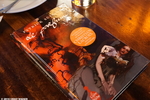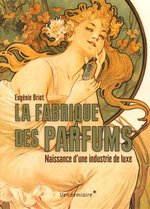An Ephemeral History of Perfume in Early Modern England {Fragrant Reading - New Book}
 The Johns Hopkins University Press will release a new title in October 2011 which will interest people who are fascinated by both the power and elusiveness of scent: The Ephemeral History of Perfume: Scent and Sense in Early Modern England by Holly Dugan (280 pages.)...
The Johns Hopkins University Press will release a new title in October 2011 which will interest people who are fascinated by both the power and elusiveness of scent: The Ephemeral History of Perfume: Scent and Sense in Early Modern England by Holly Dugan (280 pages.)...
Like other historical researches of its kind - one thinks in particular of Hubbub: Filth, Noise and Stench in England, 1600-1770 by Emily Cockayne - it aims to bring back to our understanding a neglected, and by nature fragile, but certainly not insignficant aspect of daily life in early modern England, as traceable in archival materials.
The contents of the book concentrate offers an original structure, concentrating on six key aromatic materials: incense, rose, sassafras, rosemary, ambergris, and jasmine. The author,
"...links these smells to the unique spaces they inhabited—churches, courts, contact zones, plague-ridden households, luxury markets, and pleasure gardens—and the objects used to dispense them. This original approach provides a rare opportunity to study how early modern men and women negotiated the environment in their everyday lives and the importance of smell to their daily actions.
Dugan defines perfume broadly to include spices, flowers, herbs, animal parts, trees, resins, and other ingredients used to produce artificial scents, smokes, fumes, airs, balms, powders, and liquids. In researching these Renaissance aromas, Dugan uncovers the extraordinary ways, now largely lost, that people at the time spoke and wrote about smell: objects "ambered, civited, expired, fetored, halited, resented, and smeeked" or were described as "breathful, embathed, endulced, gracious, halited, incensial, odorant, pulvil, redolent, and suffite."
You can also read about the French words Faguenat, Faganat in early modern France.
Price: $57,79.









